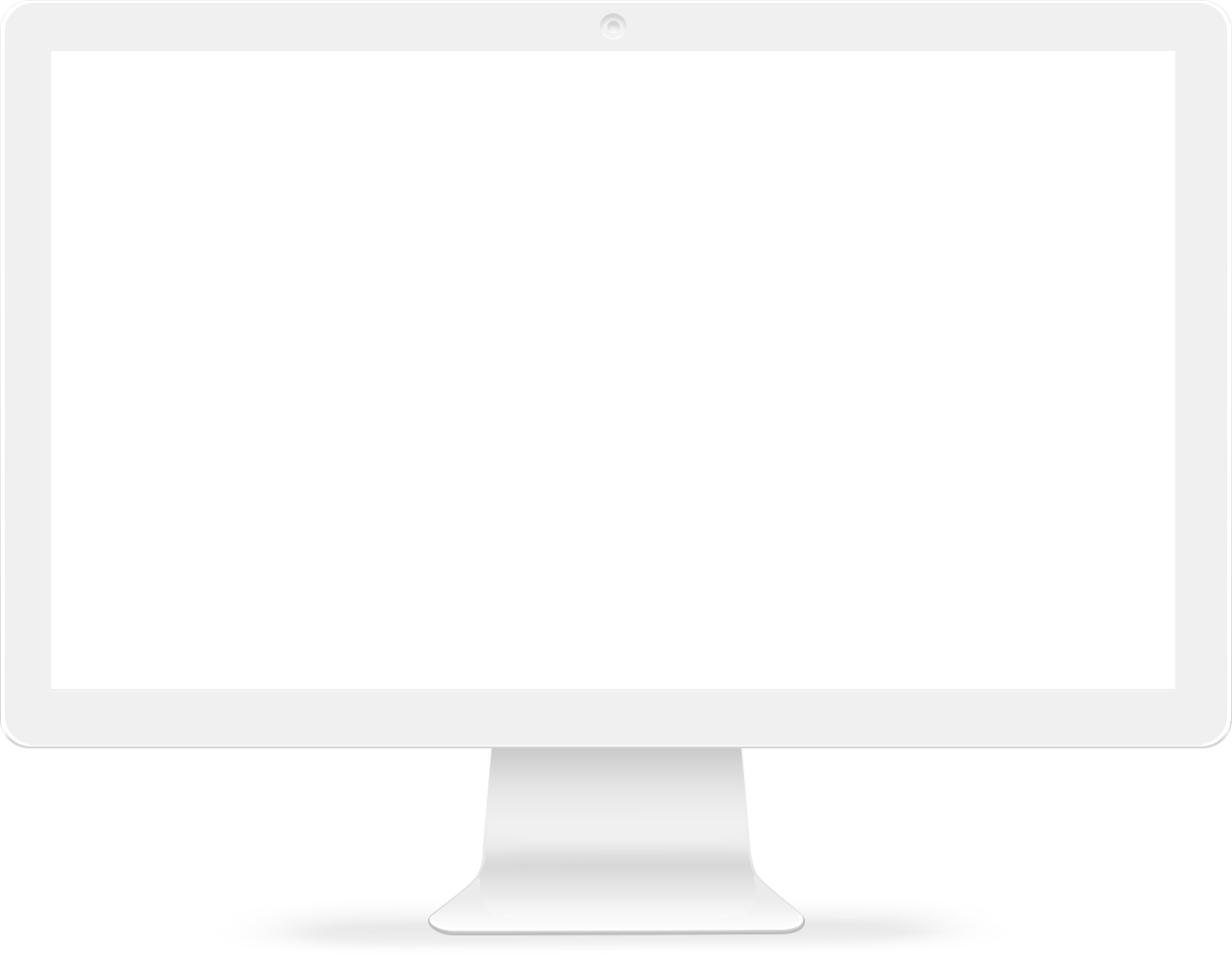12 Jun The False Sense of Predictability: How Dr. Michele Yoder Uses StratSim to Build Strategic Thinkers
The False Sense of Predictability:
How Dr. Michele Yoder Uses StratSim to Build Strategic Thinkers
When Dr. Michele Yoder, Associate Professor of Strategy at York College of Pennsylvania, starts her capstone strategy course, she knows her students are walking in with a major blind spot
“Students coming into my class have typically spent the last year or two taking classes specific to their majors. So essentially, they’re in their functional silos, and they’re really comfortable there.”
To break them out of those silos and get them thinking like real strategists, she turns to StratSim, Interpretive’s automotive industry simulation. It’s been her go-to tool for years—and with good reason.
Revealing the Illusion of Control
One of the most impactful lessons her students take away from the simulation?
“Students are also often surprised what a big impact decisions made by their competitors can have on their firms. So all the data available to students about their firms sometimes lulls them into a false sense of predictability until their competitor launches a better product targeting one of their primary customers. And I think this is a really important lesson for students to experience.”
This kind of uncertainty isn’t a bug—it’s a feature. Dr. Yoder embraces the simulation’s ambiguity as a critical part of the learning process.
“Another challenge, which is intentional, is the ambiguity that students experience. And that’s a challenge I want them to face and deal with. In fact, giving them practice dealing with the ambiguity is one reason I use a simulation.”
How She Uses StratSim
Dr. Yoder uses StratSim in her senior undergraduate capstone strategy class, where students manage a simulated auto company across several competitive rounds.
She’s used both the Unique Start and 3+3 scenarios—and sees value in each:
“I’ve been using the Unique Start scenario as opposed to the Even Start scenario because one of the skills I want to work on with students is analyzing a firm’s strengths and weaknesses, its resources and capabilities, then making decisions about its strategy that align with the firm’s unique condition.”
As for the newer 3+3 scenario?
“We really liked the three plus three scenario. For me, I appreciated that it still gives me some uniqueness… but at the same time… gives the students a little more flexibility in their strategies from the outset.”
How She Assesses Performance
Dr. Yoder doesn’t rely on simulation performance alone for grading. But when it comes to evaluating how teams are doing inside the sim, she keeps things practical.
“When I’m measuring their performance on the simulation, I use stock price as my primary measure because it’s correlated with a lot of the other metrics like net income. And the simulation results screen… is my go-to place for those measures.”
Her favorite tools within the sim include:
-
Contribution margin and inventory checks under the Company menu
-
Micro segment reports to understand shifts in unit share
-
The Decision Summary, which she calls “really helpful” for viewing all choices in one place






